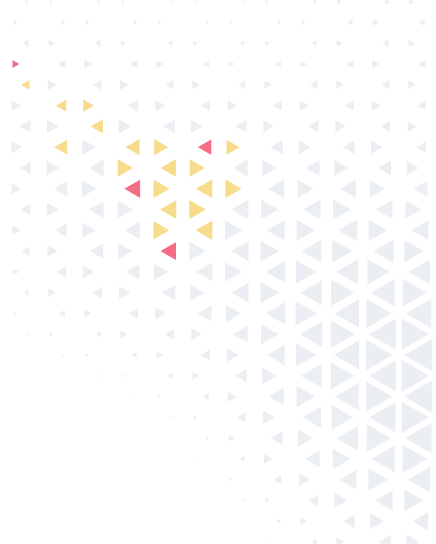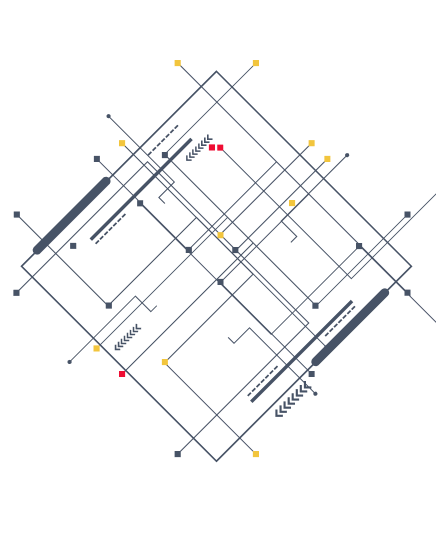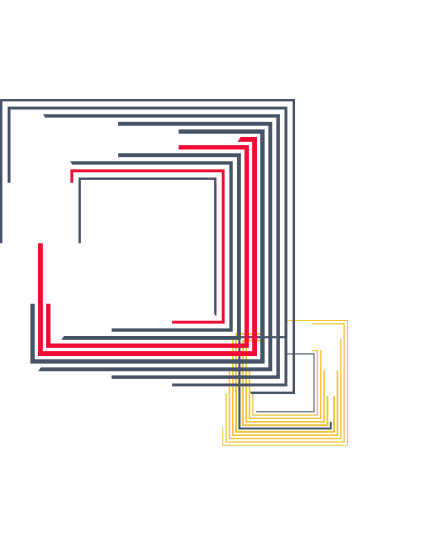The need for scalable and maintainable applications has led to the emergence of micro frontends. This architectural style extends the concept of microservices from the backend to the frontend, allowing different teams to develop, deploy, and scale parts of the application independently. Angular, with its robust framework and modular approach, is well-suited for building micro frontends. In this article, we’ll explore how to architect and build modular frontend applications using Angular within a micro frontend architecture.
Understanding Micro Frontends
Micro frontends decompose a web application into smaller, more manageable pieces, each of which can be developed and deployed independently. This approach offers several benefits:
- Independent Deployment: Teams can deploy updates to their specific micro frontend without affecting the entire application.
- Scalability: Each micro frontend can be scaled individually based on its specific requirements.
- Team Autonomy: Teams can work independently on different micro frontends, leading to increased productivity and faster development cycles.
- Technology Agnostic: Different micro frontends can be built using different technologies, allowing teams to choose the best tool for the job.
Micro Frontend Architecture with Angular
Angular’s modular architecture makes it an excellent candidate for micro frontends. Here are the steps to architect and build micro frontends using Angular:
-
Define the Micro Frontend Boundaries
The first step is to identify the different parts of the application that can be split into separate micro frontends. These boundaries can be based on different criteria, such as business domains, user journeys, or technical levels. For example, an e-commerce application could have micro frontends for the product catalog, shopping cart, and user profile.
-
Choose a Composition Method
Micro frontends can be composed in various ways, such as server-side composition, client-side composition, or using an iframe-based approach. Each method has its pros and cons:
- Server-side Composition: The server assembles the micro frontends into a single HTML page. This approach offers better performance but can be more complex to implement.
- Client-side Composition: The client dynamically assembles the micro frontends. This method is more flexible and easier to implement, but may result in poor performance.
- Iframe-based Composition: Each micro frontend is loaded into an iframe. This approach ensures strong isolation but can result in poor user experience.
For Angular applications, client-side composition is often preferred due to its flexibility and ease of integration.
-
Implement Angular Modules for Each Micro Frontend
Each micro frontend should be implemented as an Angular module. Angular modules allow you to encapsulate and manage the code for each part of the application efficiently. Here’s a basic example:
In this example, the `ProductModule` encapsulates all components, services, and routes related to the product functionality.
-
Configure Routing for Micro Frontends
Routing is crucial in micro frontend architecture. Each micro frontend should manage its own routing, but you need a top-level router to integrate all the micro frontends. You can achieve this using Angular’s lazy loading feature:
In this setup, the `AppRoutingModule` defines the top-level routes and lazy loads each micro frontend module.
-
Ensure Inter-Micro Frontend Communication
Micro frontends need to communicate with each other, especially when sharing data or state. This can be managed through shared services or a global state management solution such as NgRx:
The `SharedService` can be implemented in any micro frontend module, allowing them to share data seamlessly.
-
Independent Deployment
Each micro frontend should have its own CI/CD pipeline, allowing for independent deployment. This setup ensures that teams can deploy updates to their micro frontends without affecting others. Tools like Docker, Kubernetes, and CI/CD platforms such as Jenkins or GitHub Actions can facilitate this process.
E-Commerce Application Example
Step 1: Set Up Angular Projects
Create multiple Angular projects for different micro frontends. For this example, let’s create three Angular applications: `auth-app`, `product-app`, and `cart-app`.
Step 2: Configure Module Federation
Use Webpack’s Module Federation to enable micro frontends to load other micro frontends dynamically.
In `auth-app` (authentication micro frontend):
1)Install Module Federation Plugin:
2) Configure Module Federation:
In `webpack.config.js`:
3) Bootstrap and Expose Module:
In `main.ts`:
In `auth.module.ts`:
In `product-app` and `cart-app` (micro-interfaces of products and cart):
Follow similar steps as in `auth-app` but change the `ModuleFederationPlugin` configuration to provide the appropriate modules.
Step 3: Configure Host Application
Create a host application that integrates the micro frontends.
1)Install Module Federation Plugin:
2) Configure Module Federation in Host:
In `webpack.config.js`:
3) Load Remote Modules:
In `app-routing.module.ts`:
Step 4: Implement Shared State Management
Use a shared state management solution like NgRx to manage the global state across microinterfaces.
1)Install NgRx:
2) Configure Global State:
Create a shared library for state management and import it into each micro frontend.
In each micro frontend, integrate the state management setup by importing the shared state module.
Conclusion
By following these advanced steps, you can architect and build modular frontend applications using Angular in a micro frontend architecture. This approach enables independent deployment and scalability, allowing teams to develop, deploy, and scale parts of the application themselves. This setup not only improves productivity but also ensures a more maintainable and scalable application structure. If you need help with application development, contact our experts.





















